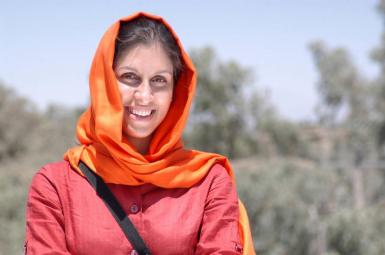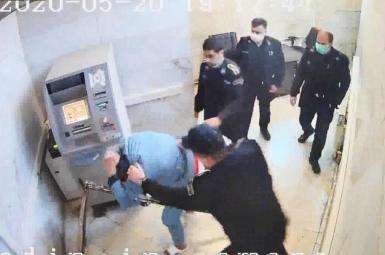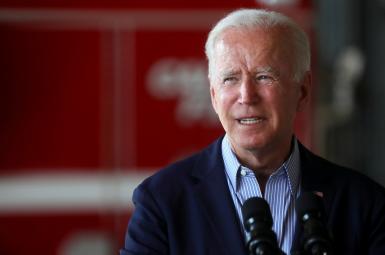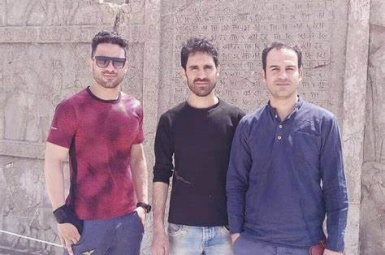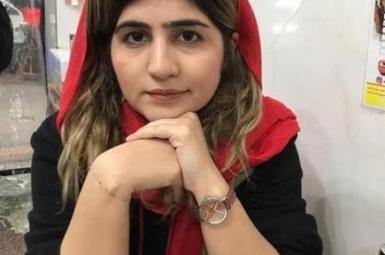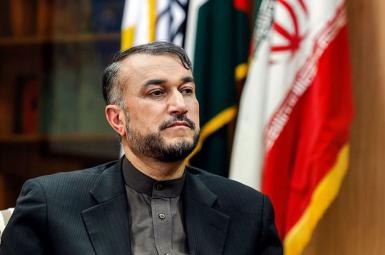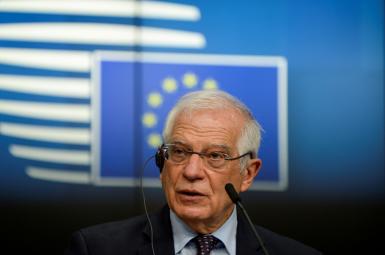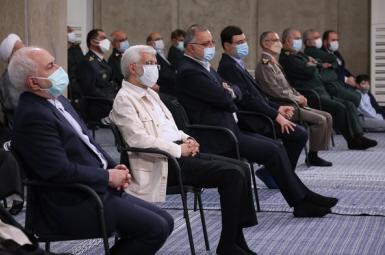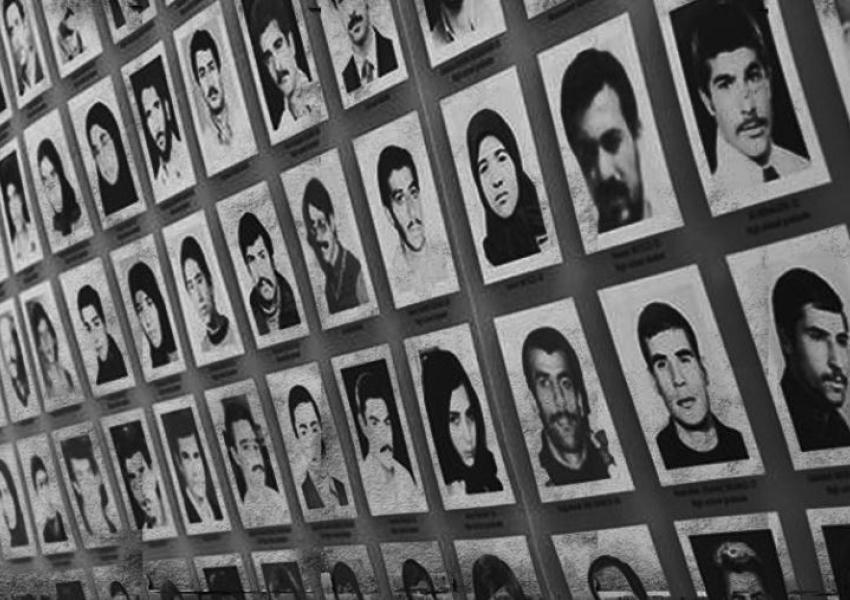
Nobel Laureates Want Probe Of Raisi Role In 1988 Iran Prison Purge
Twenty-five Nobel prize winners in a letter dated September 8 to United Nations Secretary-General Antonio Guterres have urged the UN to set up an international commission to investigate Iran’s massacre of thousands of political prisoners in 1988 and particularly the role of new president, Ebrahim Raisi (Raeesi).
Among the signatories are laureates from the United States, Germany, Finland, East Timor, Nigeria and Canada. They include Harvey Alter (medicine 2020), Georg Bednorz, (physics 1987), Fynn Kydland (economics 2004), John Polanyi (chemistry 1986), Jose Ramos-Horta (peace, 1996), and Wole Soyinka (literature 1986).
"In the absence of international accountability, genocide and crimes against humanity persist in Iran,” the letter read. “Among these are the continuation of political executions and the murder of at least 1,500 young protesters in November 2019."
Amnesty International and Human Rights Watch said on 19 June that Raisi's election as Iran's new president was a blow for human rights and called for him to be investigated over his part in the executions.
In his first press conference as president-elect, on June 21, Raisi said that as a judge he had always defended human rights. Asked about the 1988 executions, at time when he was deputy Tehran prosecutor, Raisi said those accusing him were “guilty themselves” and that foreign powers were harboring "17,000 murderers" who had killed Iranian officials.
This was a reference to the Mujahideen-e Khalq, transferred to Albania in 2013 by the US from its base in Iraq. The MEK carried out bombings and other attacks killing Iranian officials and others. From 1983 the MEK allied with Iraqi leader Saddam Hussein, launched a major attack on Iran at the end of the 1980-88 war, and deployed in tanks to helped Saddam crush the 1991 Kurdish revolt.
MEK members were the main victims of the 1988 prison executions, with a lower number of executions of leftists. The executions, which began in July, were based on two orders issued by Ruhollah Khomeini, the supreme leader. But many of the teenage victims of the massacre had never been involved in any armed action against the government. They were serving their prison sentences as political activists. Prisoners were sentenced to death, after a few-minutes long interrogation by the death committees, if they refused to denounce their political views and affiliations.
Estimates of the numbers executed range from 2,500 to 6,000 according to historian Ervand Abrahamian. The MEK claims the figure is much higher at 30,000. Many of the victims were buried in unmarked mass graves such as Khavaran cemetery near Tehran and their families never received an accurate death certificate and even barred from visiting the mass graves.
In 2016, nearly 30 years after the massacres and seven years after his death, the family of Hossein-Ali Montazeri published an audiotape from a meeting with senior judges in which Montazeri condemned the executions. Montazeri, who had been removed as Khomeini’s designated successor after protesting against the executions, said there had been between 2,800 and 3,800 MEK killed.

